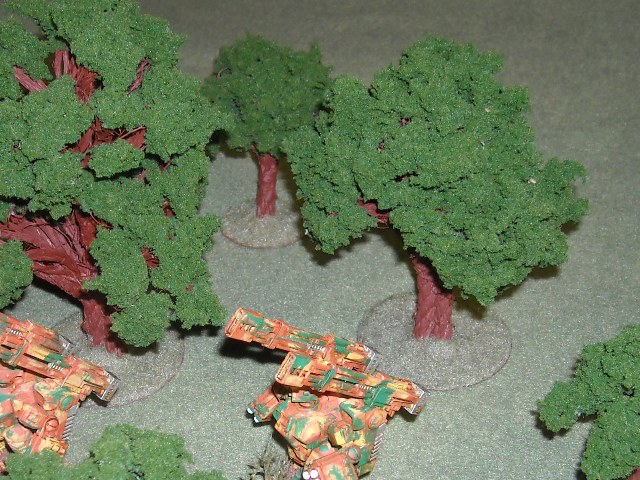
This is a simple technique to make tree trunks using rope. This tutorial is intended to give you some ideas and get you started on making your own tree trunks. Start by selecting your rope; almost any reasonably stiff natural fiber rope will work. We have used a fairly small diameter rope for this example, obviously a larger diameter rope would give you a larger tree.
Cut your rope longer than the planed height of your tree, it is a lot easier to work with if the strands of the rope are long enough to hold on to. It is also very easy to cut to length later and very hard to make it longer if you end up too short. Glue one end of the rope down to your base. Then unravel the major strands of the rope down to the point that you want the trunk to start branching out. Glue the strands together at that point so that they don’t unravel on you later. In this example we are making a very small tree so we will unravel the rest of the strands. If we want to make a larger tree then we would only unravel them part way and then glue them. This would move the smaller branches further from the trunk of the tree.
Next we cut the strands to length, spread them out and glue the pieces in the middle of the original strands. At this point, depending on what technique you are planning on using to place foliage on the tree, you can ether leave it like this or spread the tips out down to each individual fiber.
The tree should be just barely stiff enough to maintain its own shape and you will need to stiffen it up. We did this by painting it with a thick coat of PVA glue and then positioned the branches where we wanted them. If the weight of the glue causes them to droop, then hang them upside down till they have dried. The PVA glue caused the strands to unravel a little bit but for the style of tree we are making, but it didn’t matter for our purposes. If you don’t want them to unravel because those branches will be exposed, then a few drops of super glue strategically placed should stop that from happening. We liked the texture of the PVA glue over the rope for our trunk so we just left it like that. If you prefer a smoother texture for your trunk, then we would suggest using window caulking to coat the trunk with. It stays a little flexible when dry and comes in a paintable variety.
To make a larger tree just combine several pieces of rope together. Once the trunk is finished apply whatever flock you want to on the branches. We used a clump foliage in this example but a finer grade will also work.








